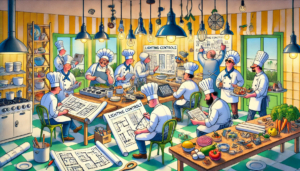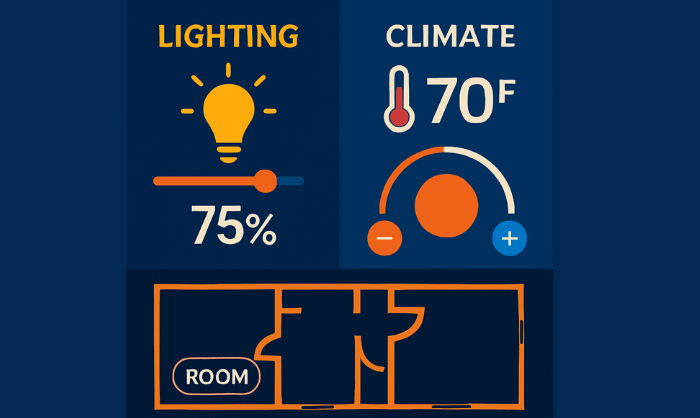Lighting Controls … The Role of the Distributor?
One of Channel Marketing Group‘s endeavors is a lighting website / publication, US Lighting Trends. US Lighting Trends reaches 29,000 lighting designers, electrical contractors, distributors, showrooms, reps / lighting agents, and manufacturers throughout the US. We publish editorial content twice a month and Product Watch to feature new / interested products twice a month.
Why do I mention this?
Because this endeavor involves a number of contributing editors.
One of them is Emily Lai. Emily is, in her words “a lighting controls freak” (it’s true, check out her LinkedIn page.) Not only is she creative with lighting controls, but she is also creative.
The Role of a Distributor in the Eyes of a Lighting Specifier
 She recently wrote an article titled “Understanding Roles in Construction Projects From Bidding Through Completion: A Recipe for Success.” I think of it more as “lighting, from farm to table.”
She recently wrote an article titled “Understanding Roles in Construction Projects From Bidding Through Completion: A Recipe for Success.” I think of it more as “lighting, from farm to table.”
It’s an interesting article because it describes, from a lighting controls specifier viewpoint, the journey for a construction project bid and the various roles that each entity … manufacturer, distributor, lighting controls rep, contractor, electrical engineer and architect (lighting specifier) … plays.
Remember, I said “from Emily’s perspective.
Here is how she describes the role of the distributor:
- “The Distributor: The grocer, supplying the ingredients. They haggle for discounts, manage delivery schedules, and ensure no one’s left holding stale bread (materials).”
In the article she further elaborates on strategies for the success in getting a bid. She comments on value engineering, the negotiation / bidding process, change orders, substitutions, and more.
When I read her submittal I thought, “so this is what a specifier thinks about a distributor?” And yes, this is one person and her experience, but it made me wonder about the distributors she has interacted with and how they portray themselves … or if she has ever been called on by a distributor as her contractors / manufacturers may have shielded her from “those hagglers and merchants.”
Okay, my point is, if distributors want to grow their lighting controls business, let alone show value to any influencer / end-user, salespeople need to call on this audience and add value and/or the marketing department needs to expand its reach and recognize that a better usage of marketing is reaching to your customer’s customers and the people who influence them … get to those who are affecting product recommendations and selections.
If distribution’s perceived role is obtaining pricing, managing credit, warehousing, ordering and project management, you either need to be the best in your market on most / all of these, enabling a frictionless experience at the lowest coast, or you need to show that you add value. This also means that sales and marketing need to do, well, sales and marketing – not servicing and communications. It’s the difference between being active and being passive.
I encourage you to read Emily’s article, share it with your sales and marketing staff and ask, “is this what we are / what we want to be?”
In Emily’s words “Let’s explore who’s in the kitchen, what happens when the recipe goes to the bidding stage, and how to avoid serving a half-baked project.”
Those who add value can earn an unfair share of the opportunities. It depends upon where you want to be on the food chain.
US Lighting Trends is a joint initiative between Channel Marketing Group and Kerrwil, the publisher of Canadian Electrical Wholesaler. If you are a manufacturer and would like to increase brand awareness or contribute an article / project case study, a rep desiring to contribute an article or a case study, or a distributor interested in highlighting a project or marketing nationally, please reach out. We publish weekly. Click here to subscribe.






















